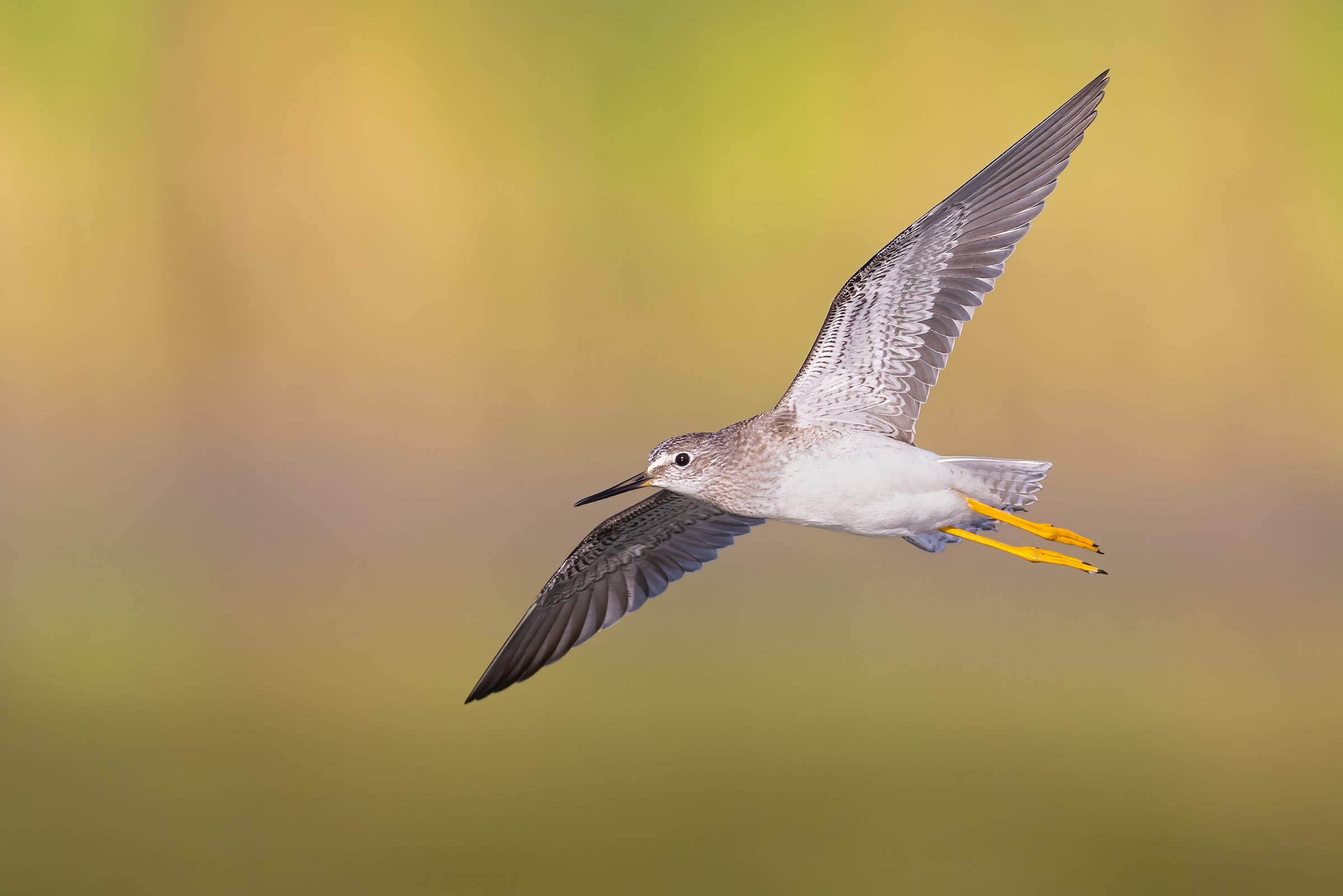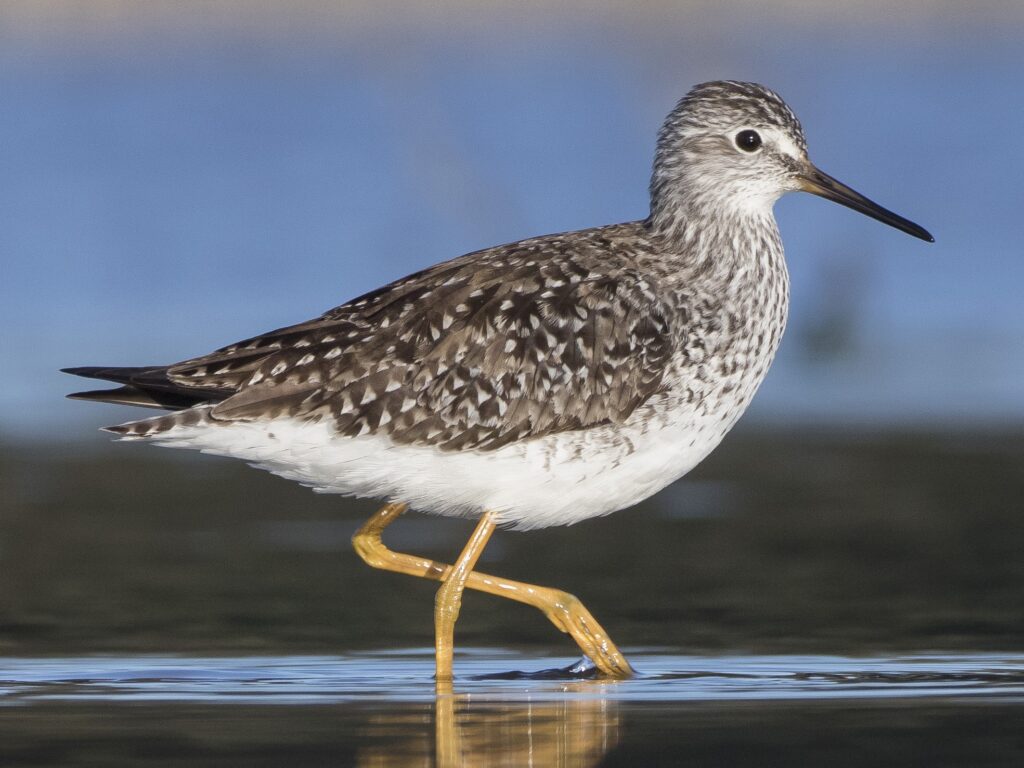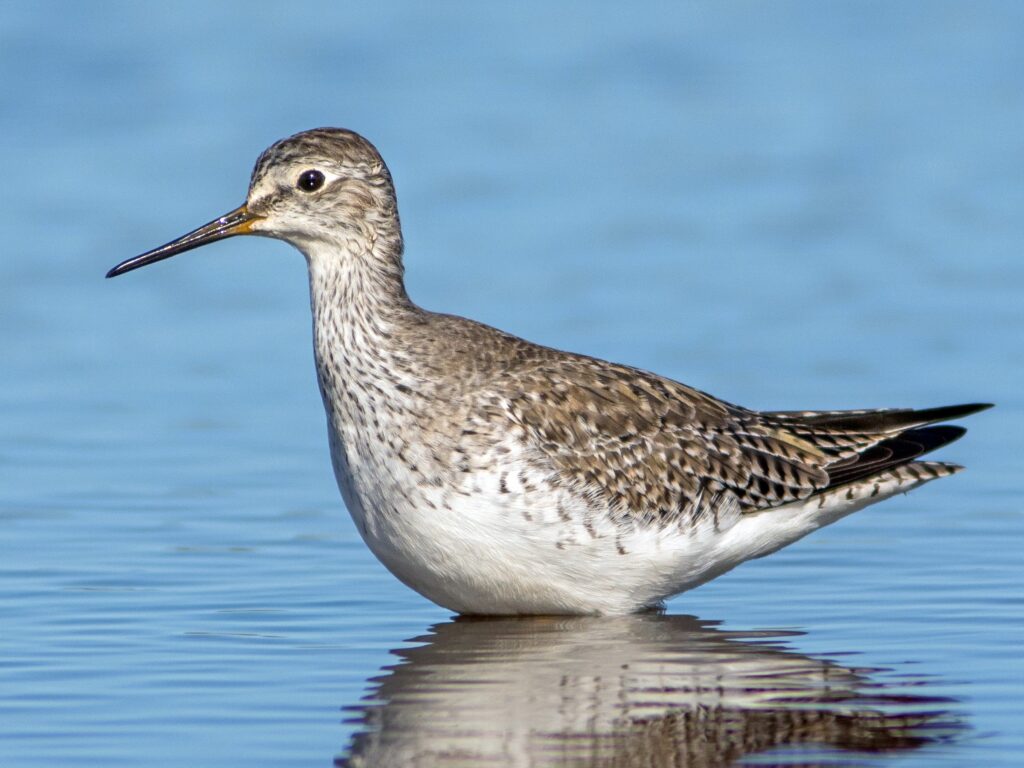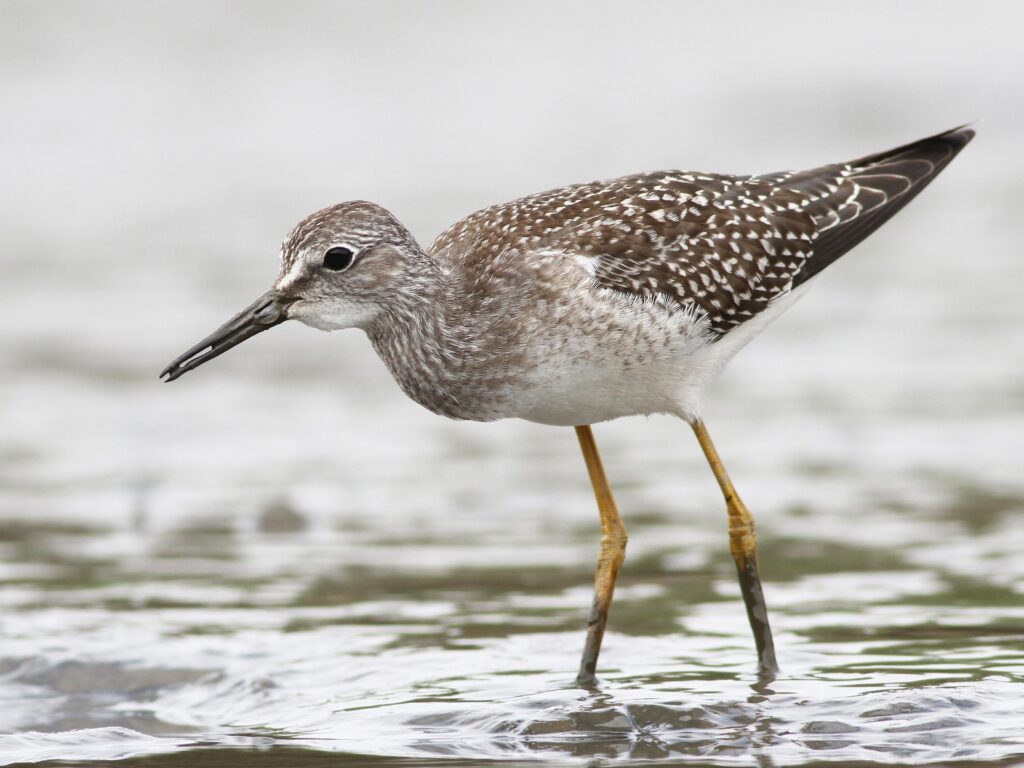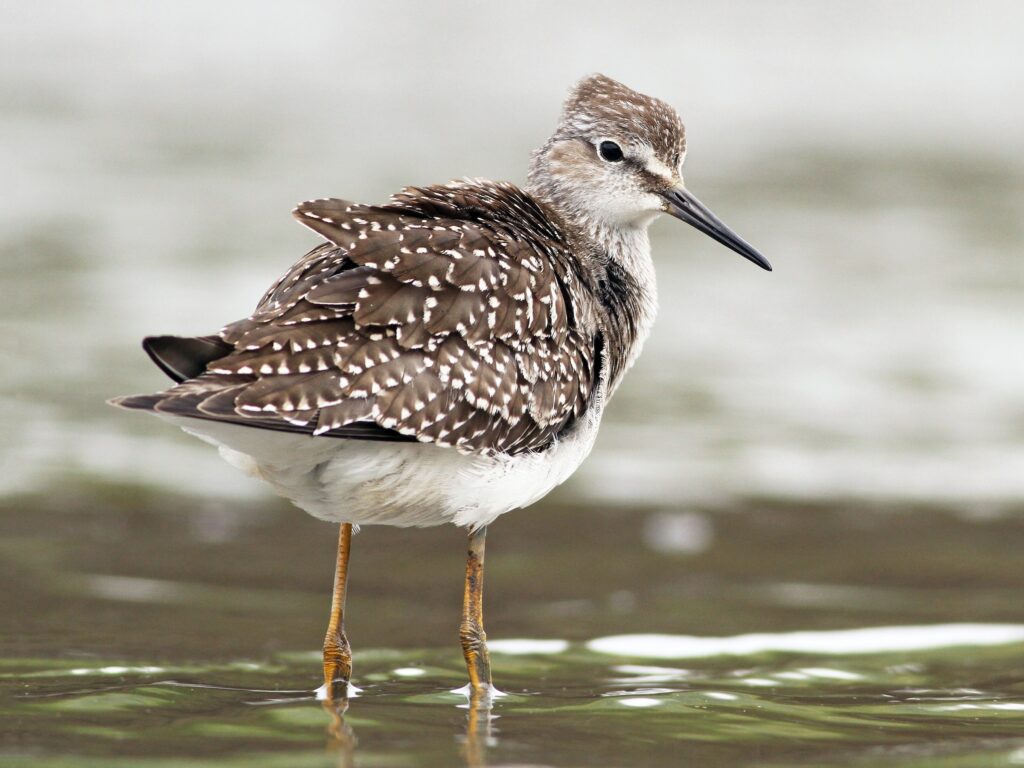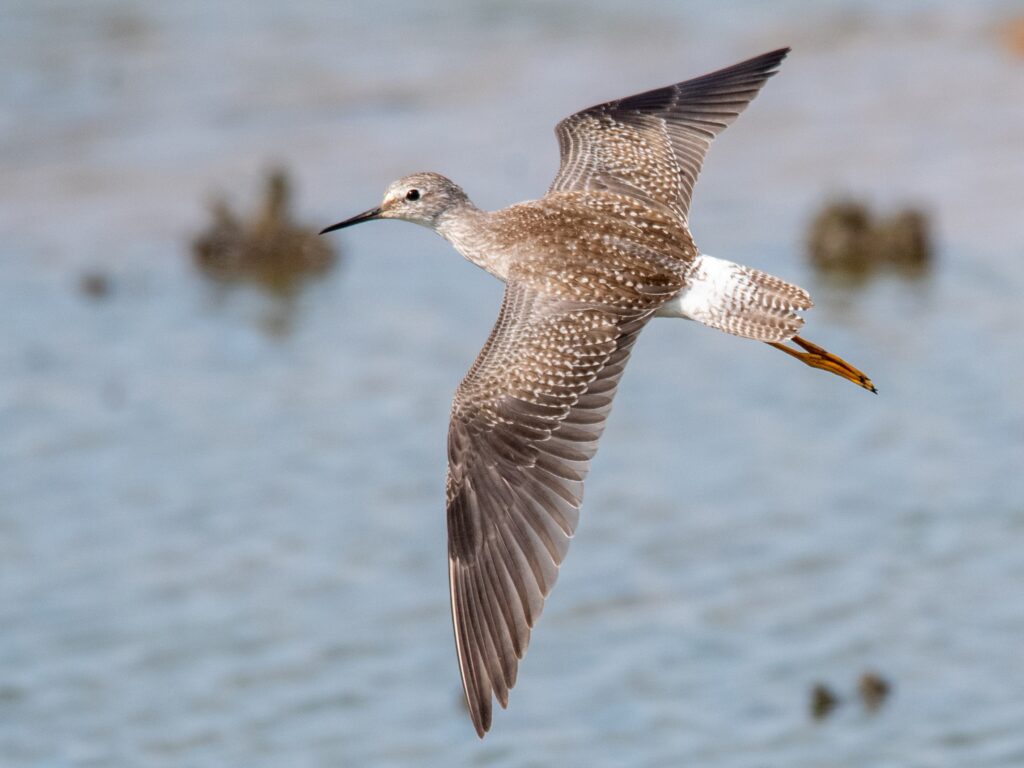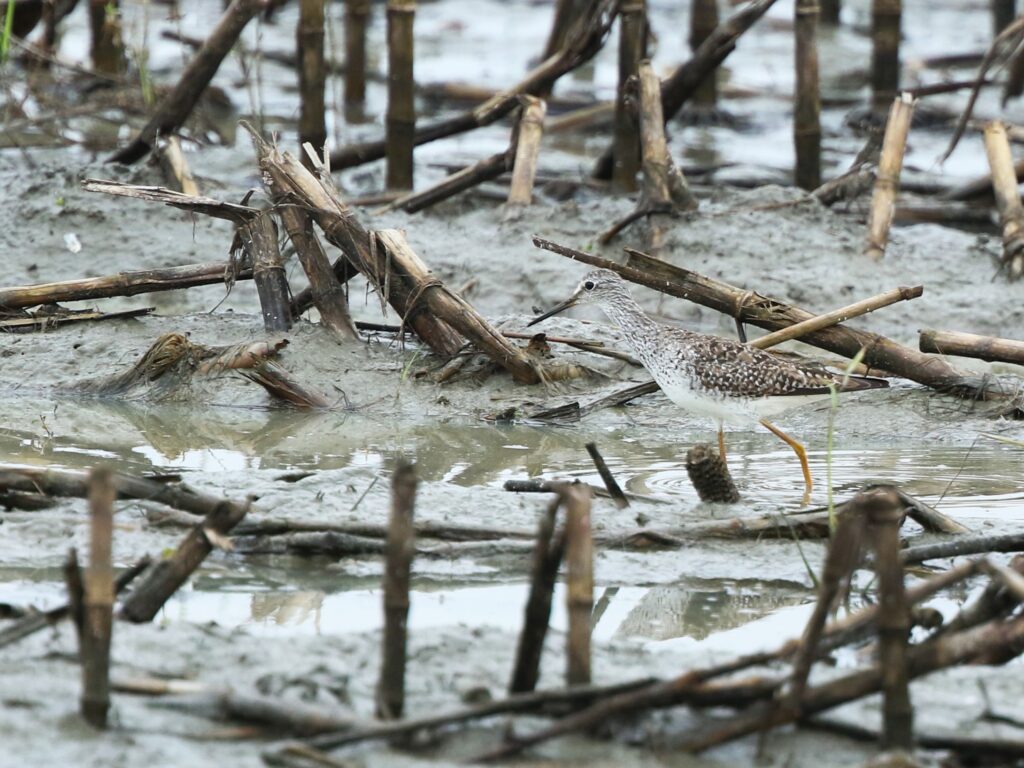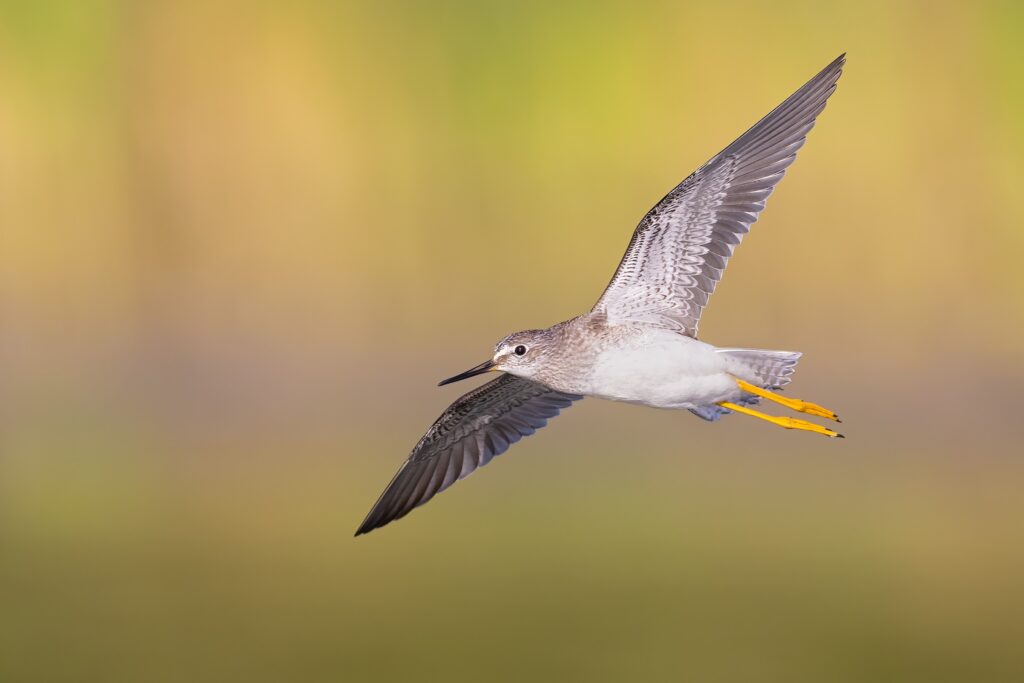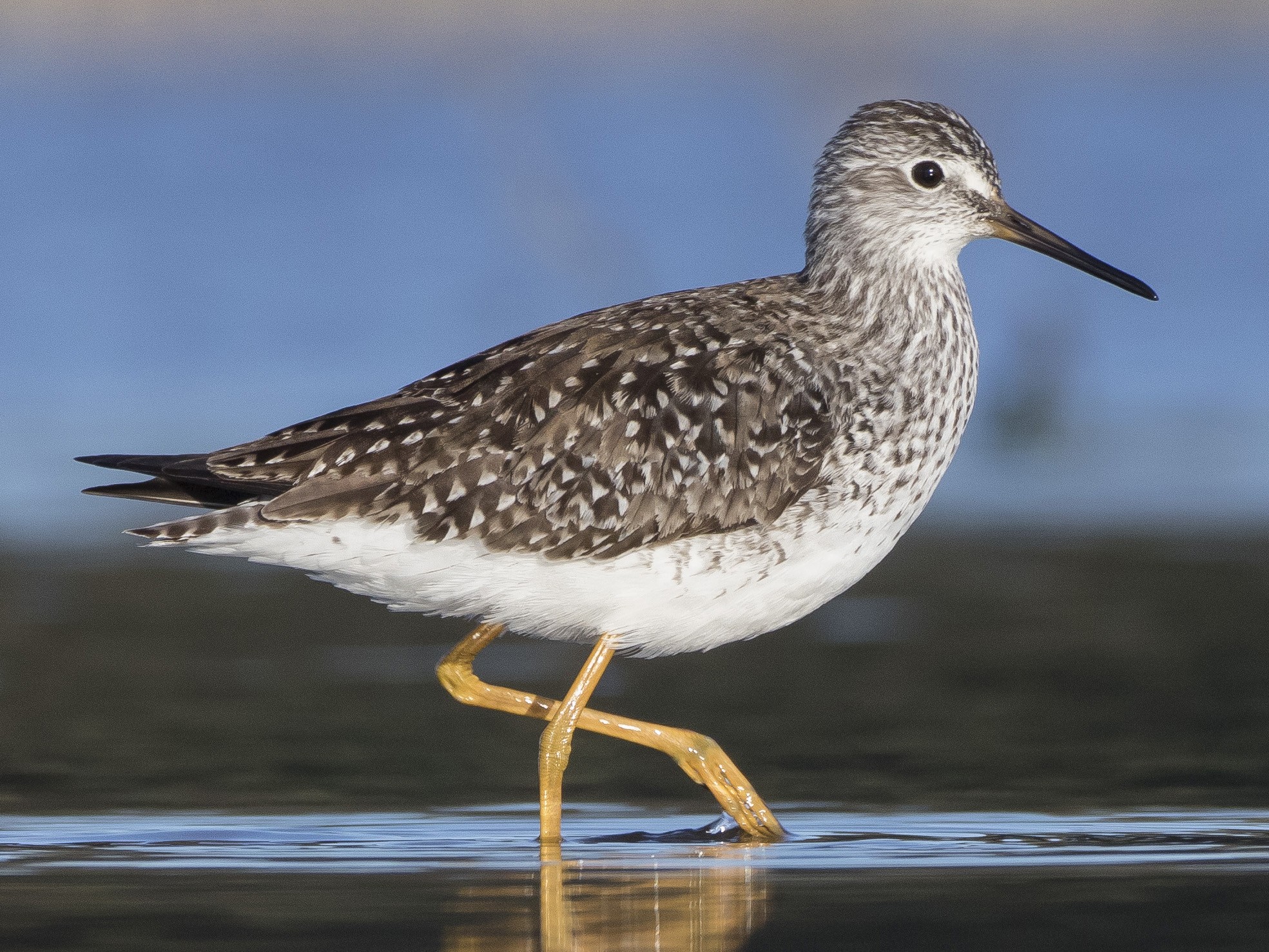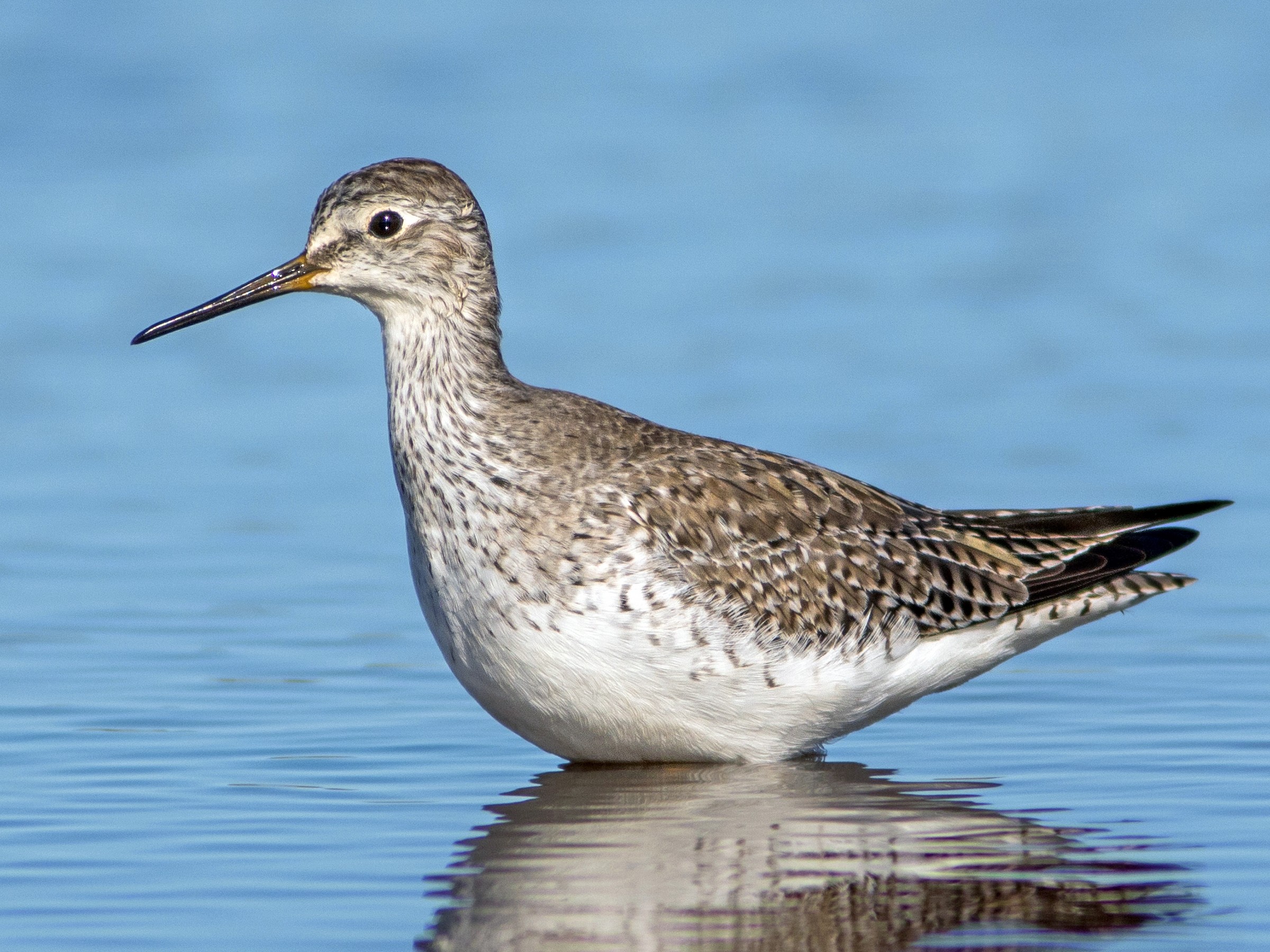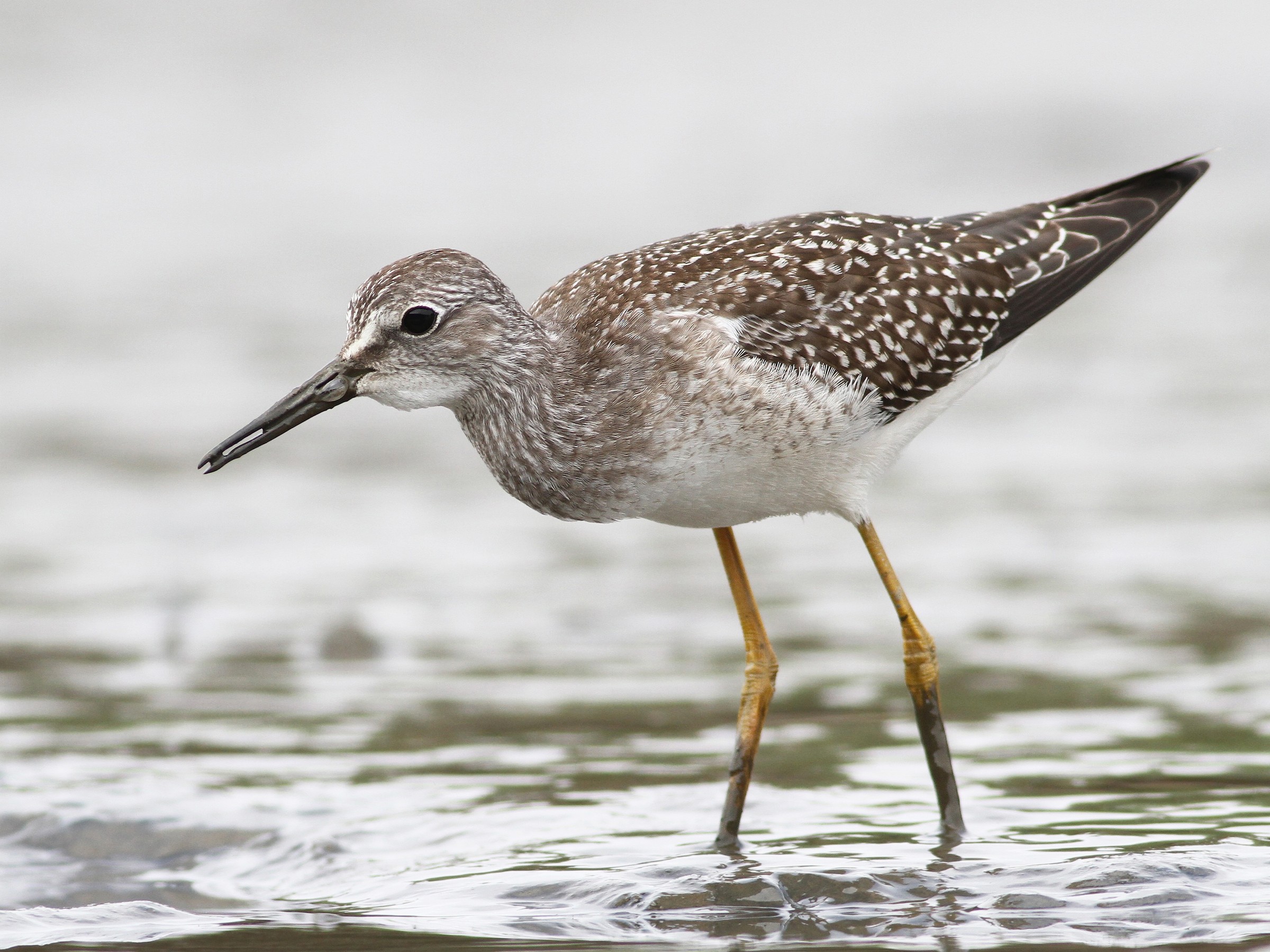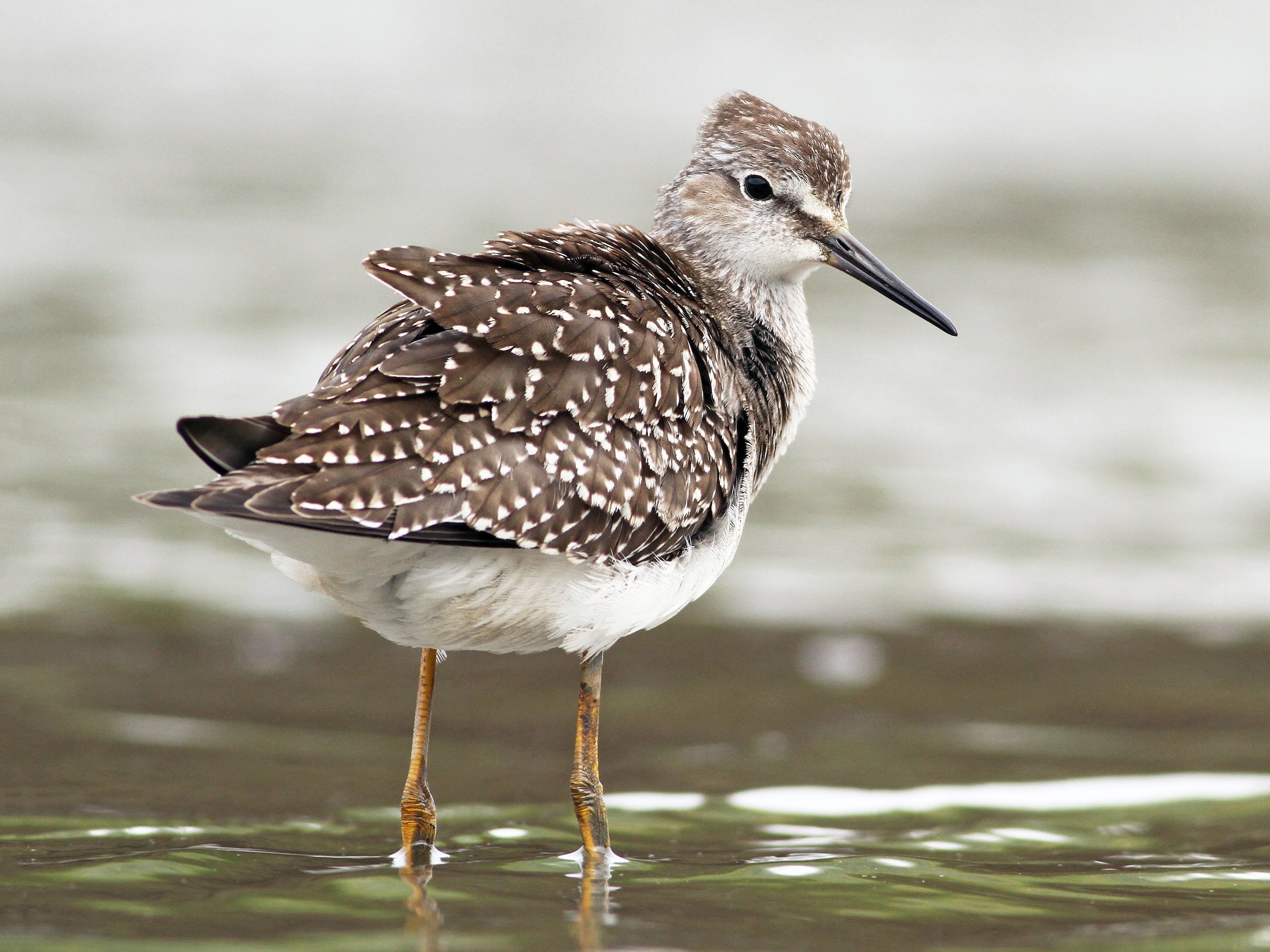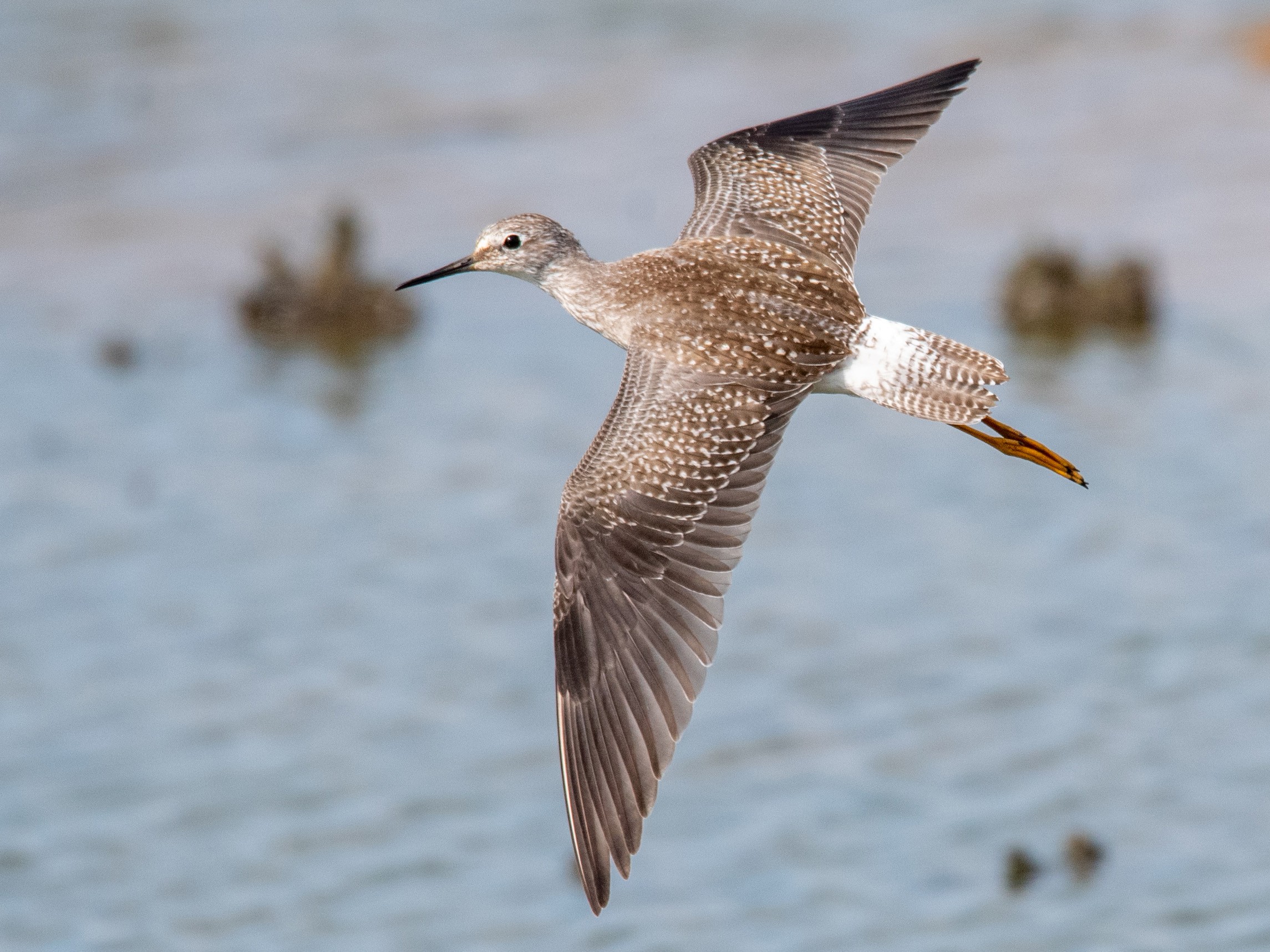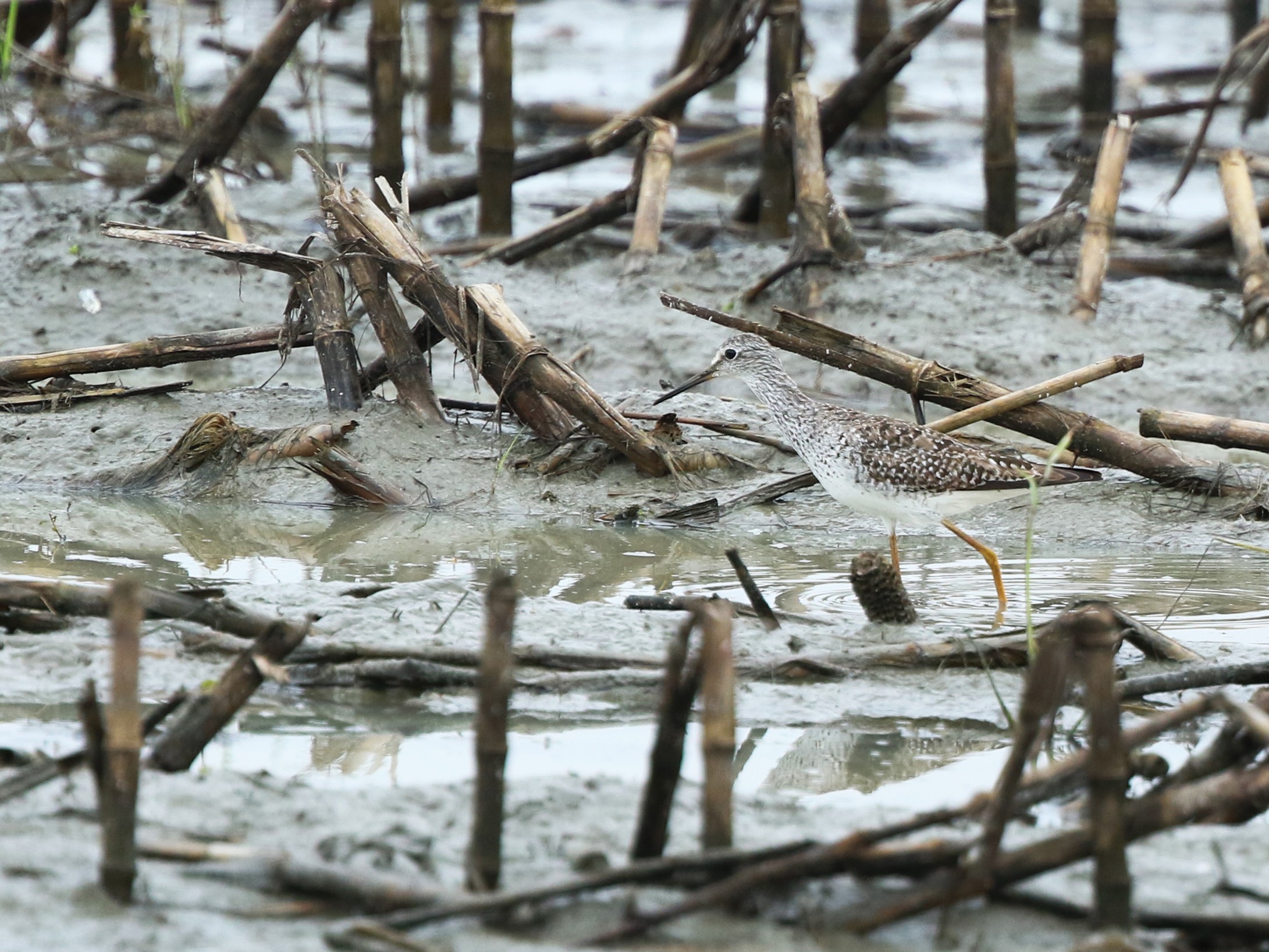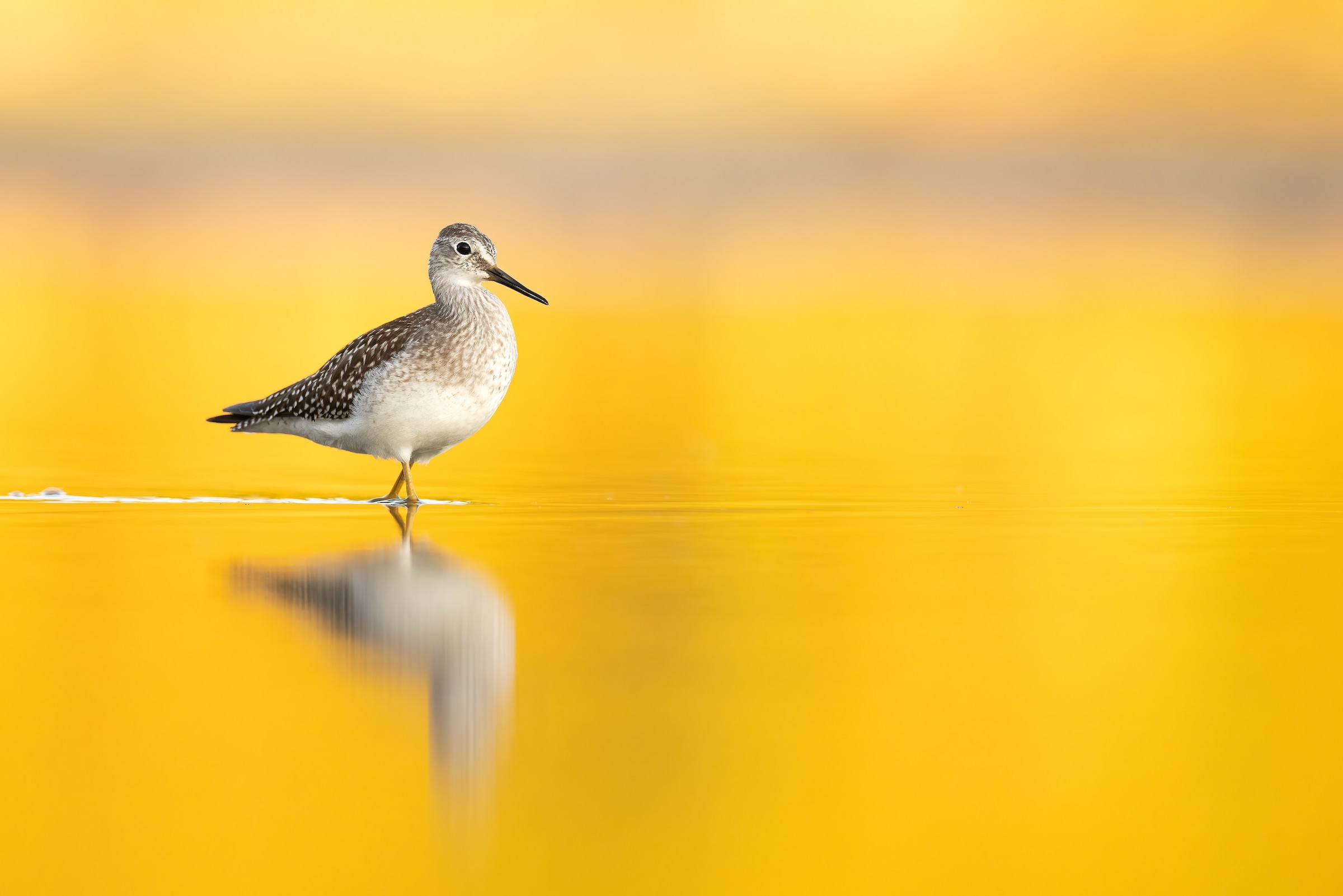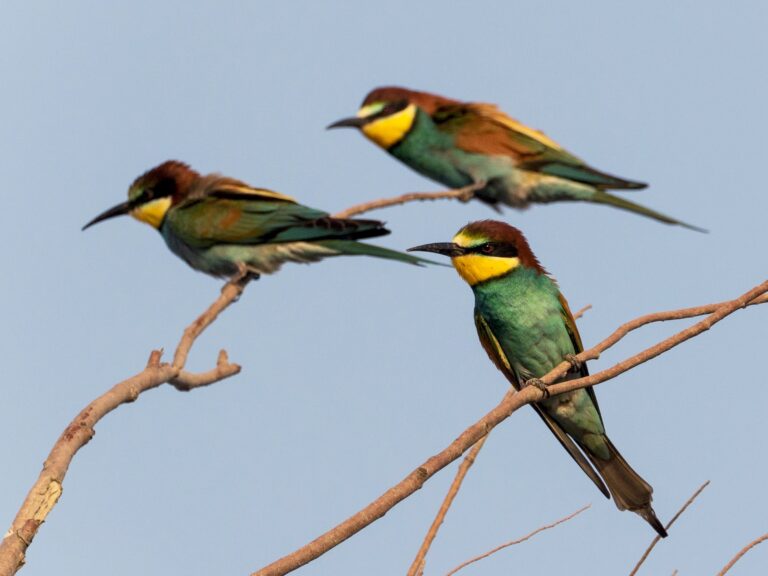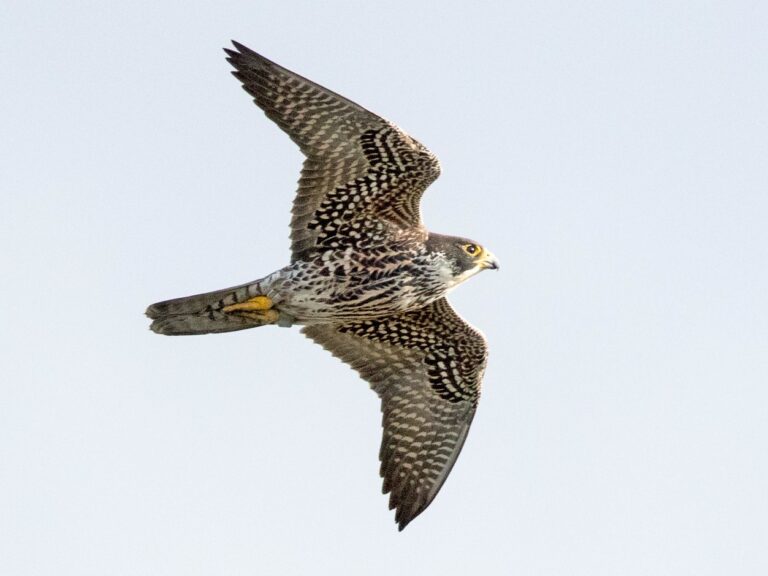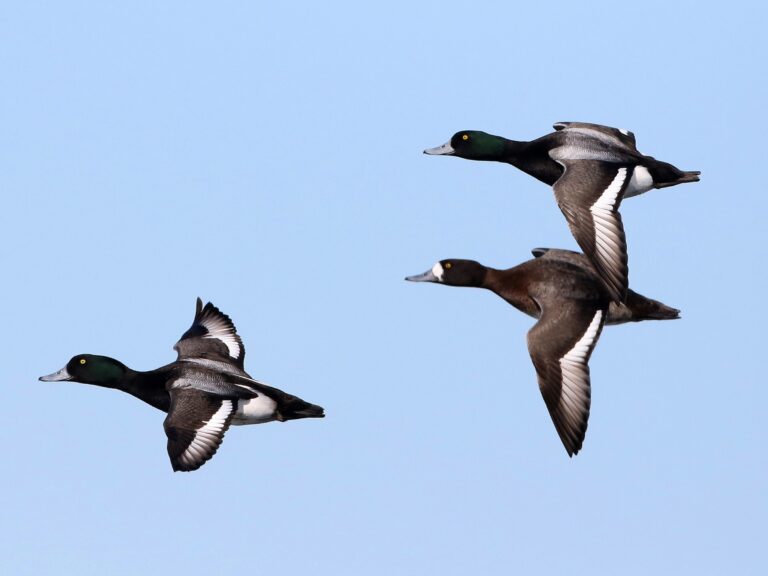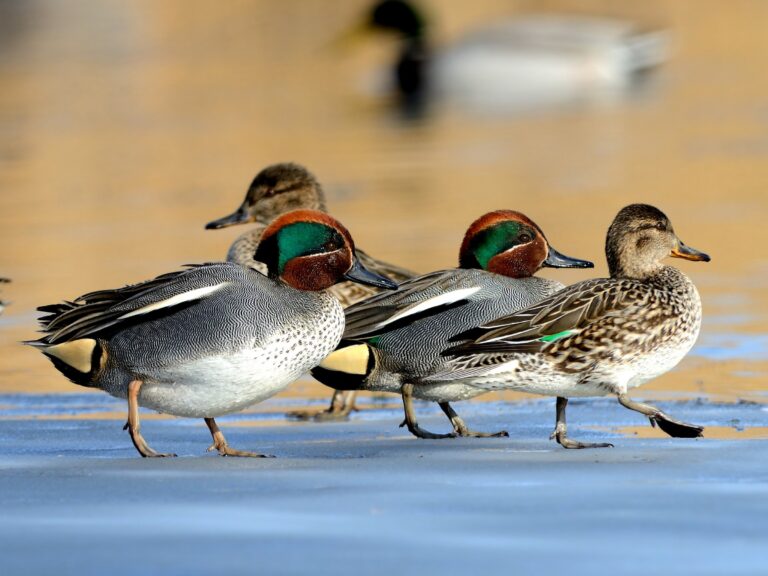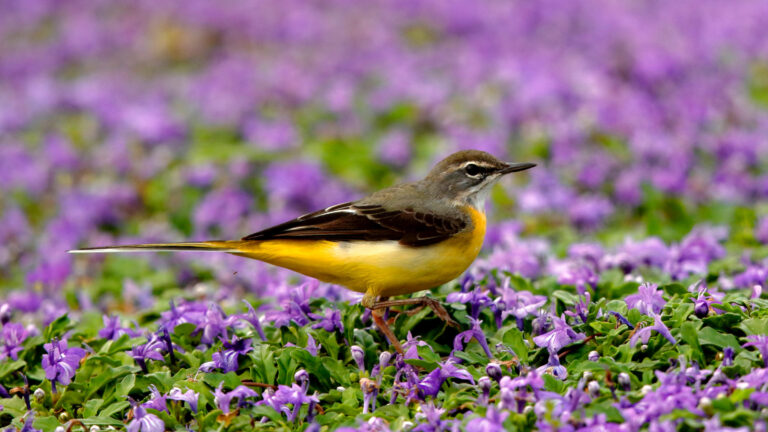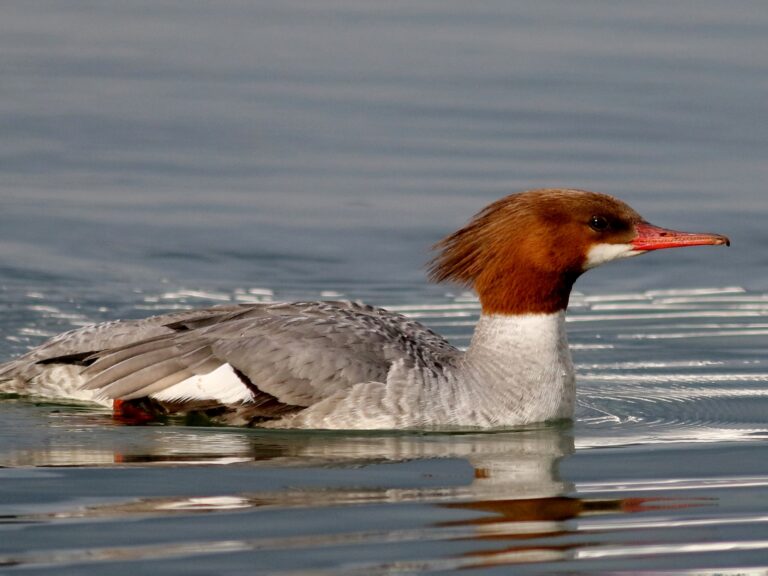Lesser Yellowlegs: The Intriguing Migration Patterns of a Shorebird Wonder
The Lesser Yellowlegs is a fascinating shorebird known for its striking appearance and migratory habits. This bird is often recognized by its long yellow legs and slender body, making it a unique sight along wetlands and shorelines. Understanding its habitat, diet, and behavior can provide valuable insights into the health of wetland ecosystems.
These birds are widespread across North America, migrating thousands of miles between breeding and wintering grounds. Their diverse diet mainly consists of insects and small aquatic creatures, which they skillfully hunt in shallow waters. Lesser Yellowlegs are also vocal birds, often heard making a series of high-pitched calls that echo in their natural habitats.
As conservation efforts continue, knowledge about the Lesser Yellowlegs plays a vital role in protecting its environment. By learning more about this species, birdwatchers and nature enthusiasts can contribute to its preservation and ensure that future generations can enjoy its beauty.
Key Takeaways
- The Lesser Yellowlegs is known for its long yellow legs and slender body.
- This species migrates between breeding and wintering grounds across North America.
- Vocalizations include high-pitched calls, which are characteristic of their species.
Taxonomy and Nomenclature
The Lesser Yellowlegs is a species of shorebird known for its distinct characteristics and behaviors. Understanding its classification helps to appreciate its place within the avian world.
Scientific Classification
The scientific name for the Lesser Yellowlegs is Tringa flavipes. It belongs to the family Scolopacidae, which includes various shorebird species. This family is known for its adaptability to different habitats, especially wetlands and shorelines.
In terms of taxonomy, the Lesser Yellowlegs is closely related to the Greater Yellowlegs (Tringa melanoleuca). These two species share similarities in appearance, yet the Lesser is generally smaller with a more slender build.
The bird’s vocalizations are essential for communication, particularly during the breeding season. They produce a distinctive series of high-pitched notes that can often be heard in breeding grounds and migratory routes.
In North America, the American Birding Association (ABA) recognizes the Lesser Yellowlegs as a significant species for birdwatchers and ornithologists. Its classification and unique traits make it a fascinating subject for study and observation.
Physical Description
The Lesser Yellowlegs is a slender shorebird known for its distinctive features. This bird captures attention with its bright yellow legs and unique coloration, which play important roles in its identification.
Size and Shape
The Lesser Yellowlegs typically measures about 9 to 11 inches in length. Its wingspan ranges from 18 to 23 inches. This bird has a slim and elongated body, which is well-suited for wading in shallow waters.
The bill is straight and slightly upturned at the tip, measuring around 2 to 3 inches long. This shape allows it to probe effectively for invertebrates and small fish in mud and sand.
Color and Markings
The plumage of the Lesser Yellowlegs varies by season but is generally gray or brown with a white underbelly. In breeding plumage, it displays a more vibrant appearance with darker spots on the back these markings provide effective camouflage while the bird is foraging.
The legs are bright yellow, a key feature that helps distinguish it from the Greater Yellowlegs. The contrast between the dark upper parts and the lighter underparts adds to its visual appeal.
Identification Features
In addition to size and coloration, identification can be aided by the bird’s distinctive vocalizations. The Lesser Yellowlegs often emits a series of sharp “tu-tu-tu” calls, particularly during breeding season.
When comparing it to the Greater Yellowlegs, the Lesser is noticeably smaller and has a darker bill. Observers should note the bill’s slender appearance, which is shorter and more delicate than that of its larger counterpart. For more details, readers can explore the conservation plan for the Lesser Yellowlegs.
Habitat and Distribution
The Lesser Yellowlegs is a shorebird with specific habitat preferences that play a crucial role in its breeding and migration. Its distribution spans various regions in North America and extends into South America during winter.
Breeding Range
Lesser Yellowlegs breed primarily in Alaska and parts of Canada. Their preferred habitats include freshwater wetlands, marshes, and tundra. They seek locations with shallow water, ample mudflats, and rich insect populations to support their nesting. These areas provide the necessary food sources and safety from predators.
During the breeding season, they vocalize with a series of high-pitched, plaintive calls that resonate in their natural habitat. These calls are essential during mating rituals and territory establishment among the birds.
Wintering Grounds
During the winter months, Lesser Yellowlegs migrate south to either the Gulf Coast of the United States or as far as South America. They often settle in estuaries, coastal shorelines, and muddy flats.
Here, they continue their feeding habits, foraging for small invertebrates like crabs and shrimp. The warmer climates provide a suitable environment to sustain their populations during the colder months when northern areas are inhospitable.
Migration Patterns
Migratory patterns of the Lesser Yellowlegs are complex. They typically travel alone or in small groups, covering extensive distances between breeding and wintering areas.
Migration occurs in two main phases: southward from late summer to early fall and northward from late winter to early spring. They rely on specific flyways, utilizing stopover points to rest and refuel.
Habitat loss due to climate change poses a significant threat to their migration routes. Changes in water levels and habitat availability can impact their ability to find suitable stopovers.
Diet and Feeding Behavior
Lesser Yellowlegs display various feeding behaviors that contribute to their diet. They primarily target small invertebrates and occasionally smaller fish. This section covers their feeding habits in detail.
Feeding Habits
Lesser Yellowlegs mostly feed on a variety of insects, including beetles and spiders. They also consume aquatic insects, which make up a significant part of their diet. Crustaceans and snails are other common food sources.
These birds are known to forage in shallow waters, where they can easily spot prey. They often feed alone or in small groups, showing territorial behavior when competing for resources.
In addition to invertebrates, they may occasionally eat small fish. Their foraging technique involves probing the mud or water with their long bills to catch food. These behaviors enable them to adapt to different habitats, maximizing their diet efficiency.
Lesser Yellowlegs can be recognized by their distinctive call, which consists of high-pitched notes. This vocalization is often heard during feeding and mating seasons, especially in their breeding territories.
Reproduction and Lifecycle
The Lesser Yellowlegs has a complex reproductive process that involves careful selection of nesting sites and specific characteristics of their eggs. Understanding these factors provides insight into their breeding behaviors and chick development.
Nesting Sites
Lesser Yellowlegs typically choose low, wet areas for nesting. Common sites include wet meadows, flooded agricultural fields, and browned areas that have some vegetation cover.
The nest is often a simple depression in the ground, lined with materials such as moss and small grasses. These locations help protect the nest from predators and provide camouflage against potential threats. Unique habitats like muskeg and recently burned areas are also attractive nesting sites as they often have plentiful food resources nearby.
Egg Characteristics
The eggs of the Lesser Yellowlegs are well-adapted to their environment. They generally lay about 4 eggs per clutch, which are olive-brown in color with darker blotches. This coloration provides camouflage against the ground, which is crucial for the survival of the eggs.
Each egg measures about 2.2 to 2.5 centimeters in length. The incubation period lasts roughly 22 to 24 days, during which both parents share responsibilities. This cooperative breeding behavior enhances the chances of survival for the brood as both parents can defend the nest and seek food.
Chick Development
Chicks hatch precocial, meaning they are relatively mature and mobile shortly after birth. They leave the nest within hours of hatching, following their parents to foraging areas.
Chicks are fed primarily on small invertebrates found in mudflats and shallow waters. They develop quickly, fledging around 21 to 28 days after hatching.
During this critical period, the parents continue to vocalize, offering calls that help the chicks stay close and alert them to potential dangers. The rapid growth and development of the chicks play a vital role in their survival and successful integration into adult life.
Conservation Status
The conservation status of the Lesser Yellowlegs is a growing concern. Factors such as habitat loss and climate change significantly impact their populations. Effective conservation efforts are essential for maintaining healthy numbers of this bird species.
Threats and Challenges
One of the main threats to the Lesser Yellowlegs is habitat loss. Wetland areas, which provide critical breeding and feeding grounds, are increasingly being drained for agriculture and urban development. This loss reduces the available space for nesting and feeding, impacting their overall survival.
Climate change also poses serious challenges. Shifts in weather patterns can alter wetland ecosystems, affecting food availability. As temperatures rise, migration patterns may change, leading to further difficulties in finding adequate habitats.
Additionally, increased pressure from birdwatchers can lead to disturbances during breeding seasons. Maintaining a balance between recreation and conservation is vital for protecting these birds.
Frequently Asked Questions
Lesser Yellowlegs are fascinating shorebirds with specific traits and behaviors that birdwatchers are often curious about. This section addresses common questions regarding their identification, habitat, vocalizations, and conservation status.
How can one distinguish between Lesser Yellowlegs and Greater Yellowlegs in the field?
To tell Lesser Yellowlegs apart from Greater Yellowlegs, observers should note size and bill length. Lesser Yellowlegs are generally smaller with a finer bill, while Greater Yellowlegs have a longer and more robust bill.
Additionally, the leg color can help in identification. Lesser Yellowlegs have yellow legs, while the legs of Greater Yellowlegs are also yellow but may appear slightly longer and stouter.
What habitats are most commonly associated with Lesser Yellowlegs?
Lesser Yellowlegs thrive in wetland habitats. They are often found in marshes, mudflats, and shallow edges of ponds and lakes.
During migration, they prefer areas with abundant invertebrates. Such habitats support their feeding needs during breeding and resting periods.
What is the typical geographic range of Lesser Yellowlegs during migration seasons?
During migration, Lesser Yellowlegs can be found across North America. They breed primarily in the northern reaches of Canada and Alaska.
For migration, they travel to wetlands along the eastern and western coasts of the United States and migrate further south into Central America.
What does the call of a Lesser Yellowlegs sound like?
The call of a Lesser Yellowlegs is a distinctive, sharp “tu-tu” sound. It often echoes loudly in their wetland habitats.
This call is typically heard during foraging or when they feel threatened. The vocalization plays a key role in communication between pairs or alerting others to potential danger.
How does the behavior of Lesser Yellowlegs differ from that of the Solitary Sandpiper?
Lesser Yellowlegs are social birds and often forage in groups, especially during migration. They are frequently seen alongside other shorebirds.
In contrast, Solitary Sandpipers prefer to feed alone. This difference can help birdwatchers identify these species in the field.
What are the current conservation concerns for Lesser Yellowlegs populations?
Lesser Yellowlegs face several conservation challenges. Habitat loss due to wetland drainage poses a significant threat to their breeding and feeding grounds.
Additionally, changes in climate and agricultural practices can impact their migratory routes and food availability. Conservation efforts are essential for maintaining healthy populations and habitats.
